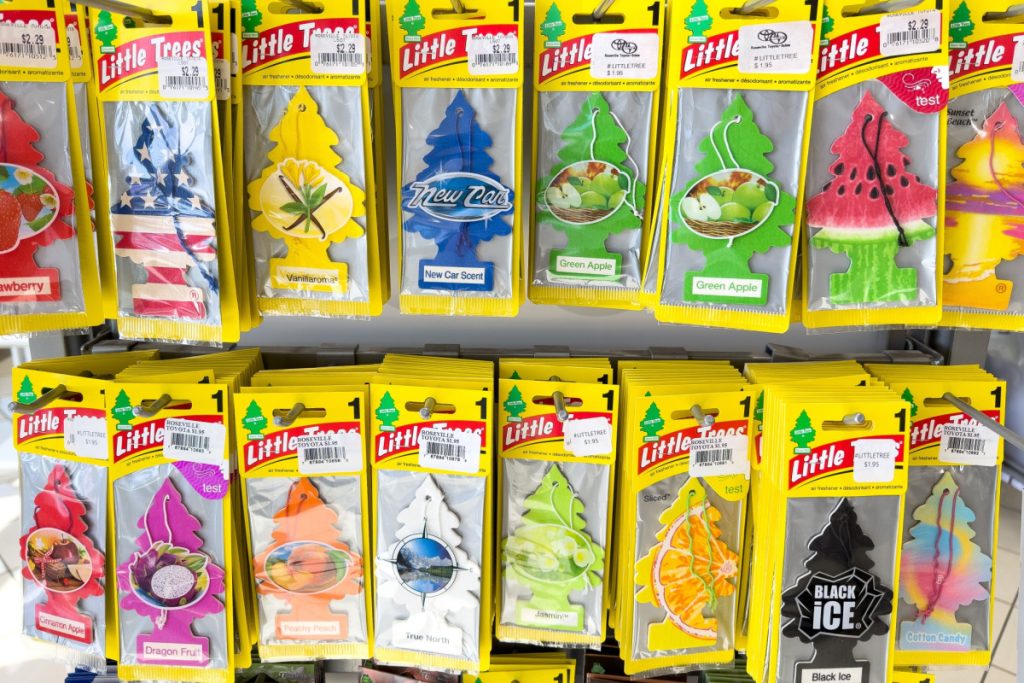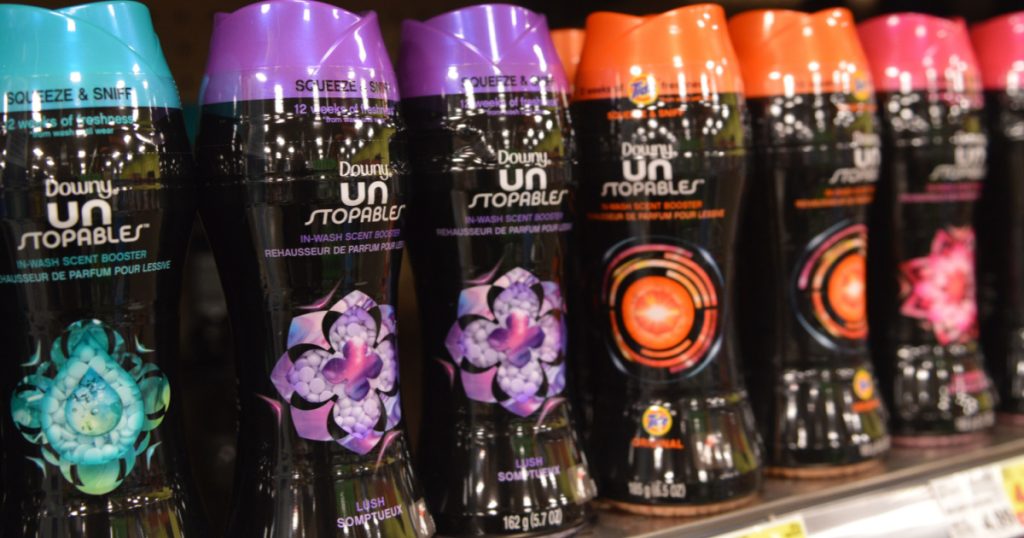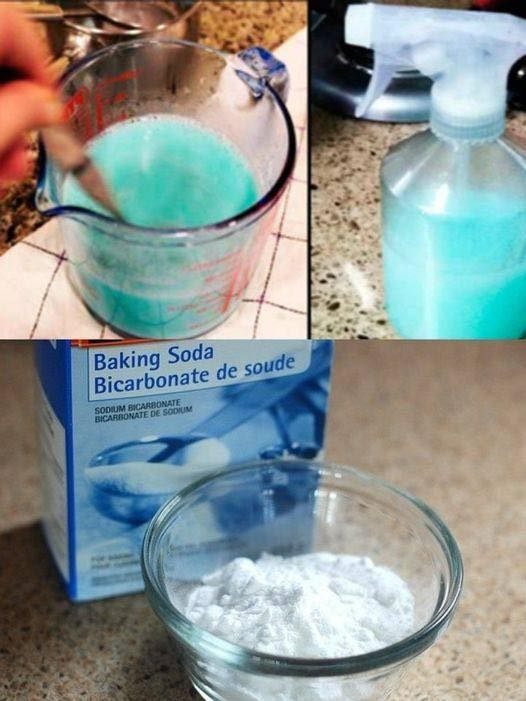People have been using air fresheners in homes around the country since the late 1940s. It’s had a long and transformative history. Moreover, the more we learn about the environment, the more changes it’s undergone.
Long History of Air Freshener
In 1948, air fresheners were invented based on military technology used for distributing pesticides. However, it was later adapted into a pressurized spray can the released various scents into the air. Not long after, another method of air freshener was invented by Julius Sämann. In 1952, he came up with the idea of the Little Trees Air freshener to cover car odors after a milkman complained to him about the smell of spilled milk. The tree shape was inspired by Sämann’s years working with aromatic oils from Canadian pine forests.

The air freshener industry had been projected to surpass $23 billion by the end of this year, 2023. However, it’s yet to be disclosed if that projected number has been or will be reached. Regardless, people are always searching for new ways to freshen their homes. In particular, the most common places people use air fresheners include their kitchens, bathrooms, and cars.
Air fresheners have come a long way, removing harmful chemicals and ozone layer-damaging aerosols. However, air fresheners seemingly date back hundreds of years and are closely related to body mists and perfumes. These products and smudging, burning things like incense, lavender, sage, and pinon have been used for centuries as air fresheners, in ritualistic ceremonies, or to cleanse and purify homes.
Other methods of air fresheners include cedar balls, scented satchels, sprays, candles, wax melts, and many other methods, including DIY options.
2 Ingredient Airfreshener Hack

One way to freshen your home has been going around the internet for a while now. All you need for this simple thing is a spray bottle and a capful of your favorite in-wash scent boosters, such as Downy Unstoppables pebbles, as suggested by Ashton Emmett on Facebook. Fill the rest of the bottle with hot water, mix the solution well, and the makeshift air freshener should last several weeks. Freshening carpets, curtains, couches, and closets. An alternative to using a spray bottle is to use dryer sheets. They can be used to line drawers closets, or even hide in pillowcases, shoes, and under rugs.
Ashton isn’t the only person with this idea, either. If you’re a more visual, you can check out a video by Tina Renea below.
Looking for a More Natural Air Freshener?
For many families, particularly those with pets, children, or an awareness of environmental impacts, choosing Eco-friendly or more natural methods is preferred when using air fresheners. In these cases, there are countless ways to use an all-natural method of air freshener.
Creating natural air fresheners can be fun because not only do you know exactly what’s going into them, but they’re also a bit like mixing potions. Furthermore, the possibilities are essentially endless. The concept is the same as the laundry air freshener, a spray bottle, and water. However, this is where it gets fun; add your favorite essential oils or a combination to help create a sensational and customized air freshener free of harsh chemicals or artificial smells. Add a dash of rubbing alcohol to help the water and oils mix together and also help kill some germs. Next, if desired, adding cloves, sticks of cinnamon, herb leaves, or dried flowers can add another layer of scent and create an adorable aesthetic to accompany the air freshener.
Amazingly, essential oils can also be used to freshen up old methods of air fresheners. For example, a few drops can be added to wax melts that have lost their smell or dropped onto scent satchels.
Pest Repelling Air Freshener
Natural methods to candles can include hollowed-out citrus peels, some beeswax or honeycomb, a wick, and a few drops of your favorite oils. Many of these oil and citrus combinations can also help to keep spiders, mice, flies, and mosquitoes away. However, further research must be done to better understand which scent combinations deter the most frequently associated pests in your area.
Various combinations can be made using citrus and fruity or floral and herbal, or sweet by adding vanilla to the mixture. Some recommended combinations include lavender, geranium, and grapefruit, about 3 to 5 drops of each to about 3/4 cup of water. Or try Orange, Cinnamon, and Clove. Combine orange, lemon, and lime for an uplifting spring or summer citrus scent. To add sweet tones to any of these scent combinations, simply use a couple of teaspoons of real vanilla extract. The options are truly endless and can be tailored to match individual preferences.
Seasonal Sensations
In many instances, produce can be a helpful tool for creating natural air fresheners. Many people have used foolproof methods such as boiling a pot of water, apple or pumpkin slices, and spices like cinnamon, cumin, and coriander to create luscious scents for kitchens and homes. Furthermore, these recipes serve a dual purpose because they also make a tasty holiday beverage sure to wow guests and friends.
Air fresheners are popular because they mask unpleasant odors or eliminate germs and bacteria in the air. They’re versatile and can be used anywhere to help freshen up odorous kitchens, bathrooms, or even laundry rooms. Additionally, they’re simple to make and ultimately more cost-effective than continuously buying air freshener sprays, plugins, and wax melts.
